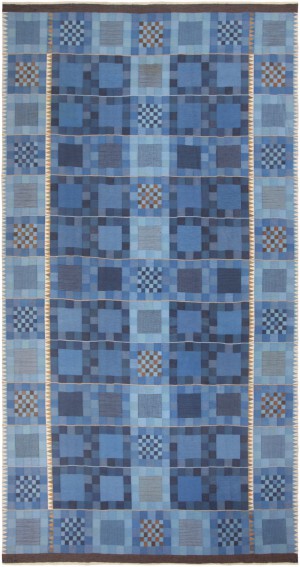Transitional rugs represent a harmonious blend of the old and the new, making them the perfect choice for those who appreciate the elegance of traditional designs but seek the simplicity and clean lines of contemporary style. This unique combination allows transitional rugs to bridge the gap between classic and modern, providing a versatile decorating solution that complements a wide range of interior designs.
There are people who say that they are looking for a rug that is different and cannot be categorized either as traditional or contemporary. This means that they are searching for a transitional rug that is something in between of the two above mentioned categories. These rugs consist of a blend of chic designs with a fancy style. Compared to other carpets and rugs that aim at providing an elegant touch to your house, transitional rugs are more comfortable. They stay in the background thus allowing other objects in the room to stand out.
The Art of Mixing Eras
At the heart of transitional design is the art of balancing contrast—melding the intricate patterns of traditional rugs with the minimalist approach of contemporary styles. This approach creates a timeless aesthetic that is both sophisticated and understated. Transitional rugs often feature reimagined classic motifs, stripped of their intricate details and presented in a more abstract, less formal way. This subtle nod to tradition, combined with modern design principles, makes transitional rugs a compelling choice for any space.
The transitional look of a house has gained popularity, but people don’t know that it has a name.
Just like all the furniture that used in interior design based on transitional style, even with rugs new takes on old classic. There is a hint of minimalist look in this style due to the lack of excessive designs and ornaments and it focusses on simplicity in order to offer a sense of comfort.
In order to meet all these characteristics, transitional rugs lack experiments with colors. Tan, vanilla, beige or dark brown are some of the colors used in these rugs as a way for creating a clean and cool atmosphere. Just like with colors, these rugs lack experiments even with design and patterns. Traditional rugs have motifs like flowers, animals, arabesques and other symmetric patterns. On the other hand, there is no edge of designs for transitional rugs and they guarantee that your room is not going to be monotonous. Transitional rugs keep the floor neutral conforming to the room design. Their soft colors look good on wood floors.
Color Palette and Texture
The color scheme of transitional rugs is carefully curated to include neutral and muted tones such as tan, vanilla, beige, and dark brown. This deliberate choice of colors ensures that these rugs can anchor a space without dominating it, allowing other design elements to shine. Beyond color, texture plays a pivotal role in the allure of transitional rugs. Through the use of diverse weaving techniques and high-quality materials, these rugs offer an inviting tactile experience that adds depth and interest to a room without overwhelming it with visual noise.
Versatility in Decorating
One of the most compelling attributes of transitional rugs is their exceptional versatility. They can seamlessly integrate into various rooms, whether it’s enhancing the casual comfort of a living room, adding a touch of sophistication to a modern office, or complementing the elegant ambiance of a formal dining area. Their ability to unify different decor elements and styles within a room makes them an invaluable asset in creating a cohesive interior design.
Selecting the Perfect Transitional Rug
When choosing a transitional rug, consider both the functional and aesthetic aspects of the space. Think about the room’s existing color scheme, furniture style, and the mood you wish to create. The rug should complement these elements, acting as a unifying piece that ties the room together. Size and placement are also crucial; a properly sized rug can define a seating area, make a room feel more spacious, or add symmetry to an otherwise eclectic space.
Care and Maintenance
Caring for a transitional rug is similar to maintaining other types of rugs, focusing on regular vacuuming to remove dust and dirt, spot cleaning spills promptly to prevent staining, and rotating the rug periodically to ensure even wear. Professional cleaning is recommended every few years to preserve the rug’s beauty and prolong its life.
FAQs About Transitional Rugs
- How do I know if a rug is transitional?
Look for rugs that combine elements of both traditional and contemporary designs, featuring simplified classic motifs and a neutral color palette. - Can transitional rugs be used in any room?
Yes, their versatile nature makes them suitable for various spaces, from bedrooms to living areas, and even in kitchens and bathrooms, depending on the material. - Are transitional rugs a good choice for homes with pets and children?
Depending on the material, many transitional rugs are durable and easy to clean, making them a practical choice for busy households.
Transitional rugs offer a unique opportunity to celebrate the convergence of different design philosophies, embodying the beauty of blending the past with the present. Their ability to adapt to various interior styles, coupled with their timeless appeal, makes them a favored choice for those seeking to create a space that feels both curated and inviting.



